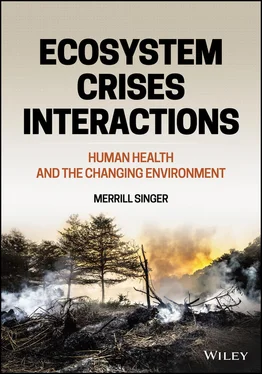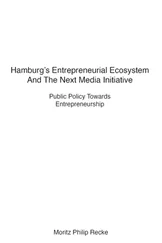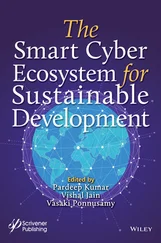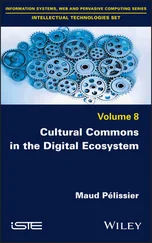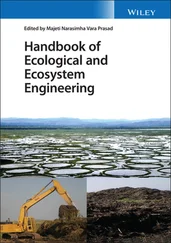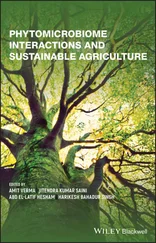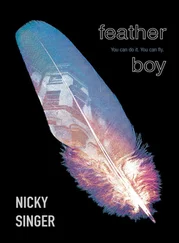The question of how many species live on Earth is a fundamental one in science. Just under 2 million are currently identified, and the pace of discovery and naming is greater now than at any time during taxonomy’s 250‐year history. Yet we know there is a sizeable gap between the number of living species we know about and the actual number that exist. To help quantify global biodiversity, Mora et al . (2011) developed the hypothesis that the scientific assignment of species to higher‐level taxa such as phylum, class, order, family, and genus follows a consistent and predictable pattern that can be used to estimate the total number of species in a taxonomic group. They validated this idea using well‐studied taxa and then applied their findings to all lifeforms. They concluded that there are between 5.3 and 10 million species globally, not including species of bacteria and archaea that lack a membrane‐bound nucleus. Of this total, they calculate that between 2 and 2.4 million are aquatic. In other words, over 80 percent of existing species on land and over 91 percent in the ocean remain to be identified.
Lest the smallest of lifeforms be ignored, researchers from the University of Queensland in Australia (Parks et al . 2017) carried out a study in which they sequenced all of the DNA in samples drawn from environmental and nonhuman gastrointestinal sources in order to focus on microbial populations from undersampled lineages. They reconstructed the individual genomes of 7280 new bacteria and 623 new archaea. Of these, about a third were new to science, warranting the creation of 17 new bacterial phylums and three new achaeal ones. These newly discovered organisms add to the nearly 70 000 bacterial and archaeal genomes held in public repositories.
But the discoveries continue. In 2014, dental researchers (He et al . 2015) detected a very tiny bacterium, known as TM7x, that lives on the surface membrane of a larger bacterium, Actinomyces odontolyticus (or XH001), and parasitizes it. Both the host and the parasite live in human saliva. After attaching itself to its victim, the newly discovered bacterium draws nutrients out of the host. Eventually, holes form in the host’s surface membrane and its internal contents drain out, killing it. There is evidence that TM7x succeeds by overcoming and suppressing the immune response of XH001. Organisms like TM7x are referred to as microbial dark matter because biologists are unable to culture them in labs, which hinders their discovery and classification.
Parasitism, like that practiced by TM7x, is an extremely common animal adaptation—one of the most common—and yet, with the exception of insects that parasitize other insects (e.g., the samurai wasp, Trissolcus japonicas , parasitizes the eggs of the brown marmorated stink bug, Halyomorpha halys ), parasitic species commonly have been overlooked in the construction of local ecologies and food webs (Lafferty et al . 2006). An important reason for this is that parasites can be difficult to quantify using the standard methods of ecological research. Moreover, there is a problematic assumption built into the theoretical models of trophic relations: that bigger animals eat smaller ones. Parasites, however, commonly eat species that are larger than themselves. Many parasites, in fact, have complex multiple‐host life cycles that are deeply interwoven in food webs. This marvelous complexity is shown clearly in the case of trematodes (flatworms), such as Euhaplorchis californiensis , which lives in the Carpinteria Salt Marsh near Santa Barbara, CA. Kevin Lafferty, co‐director of the Parasite Ecology Group at the University of California, Santa Barbara, has studied these parasites for several decades (Hechinger & Lafferty 2005). His research began with a study of the California horn snail ( Cerithidea californica ), which inhabits the muddy bottom of the salt marsh. Lafferty found that about half of the horn snails he collected contained trematodes. These parasites eat the snail’s reproductive organ, making it infertile, and remain inside it for the rest of its life, feeding on it while producing trematode larvae and releasing them into the brackish waters of the mudflat. These larvae swim around until they can penetrate the gills of the small California killifish ( Fundulus parvipinnis ), from where they swim inward and attach themselves in large numbers to the fish’s brain. There, they form cysts that manipulate serotonin and dopamine metabolism, causing the fish to swim in ways that render it more noticeable and hence susceptible to predation by birds such as herons and egrets. Inside the intestine of these predator birds, the trematodes mature to adult status and release eggs, which are dispersed in bird droppings into the salt marsh, where they hatch and infect horn snails, reinitiating this multi‐host life cycle involving (and requiring) mollusks, fish, and birds.
Garnering more attention than parasites in aquatic environments are amphibians. Notably, about 25 percent of all known amphibian species were discovered only in recent years; by comparison, since 1993, the number of previously unknown mammal species that have been identified increased by 10 percent. There are three amphibians orders: Anura (frogs and toads), Caudata (newts and salamanders), and Gymnophiona (legless caecilians). The AmphibiaWeb (2019) database contains 8034 amphibian species, of which 7091 are frogs and toads, 731 are newts and salamanders, and 212 are caecilians. Since 1985, the total number of recognized amphibian species has increased by over 60 percent.
While humans have traversed all terrestrial and many aquatic environments over the centuries, thousands of new plant and animal species are discovered every year. The Arizona State University International Institute for Species Exploration reported 16 969 new species (not including previously undocumented species of microbials) in the year 2006 alone (Stutz 2009). This was not an atypical year (International Institute for Species Exploration 2018). The Institute for Biodiversity Science and Sustainability at the California Academy of Sciences supports annual expeditions around the globe in search of new species. Academy scientists described 229 new plants and animals in 2018, including 120 wasps, 34 sea slugs, 28 ants, 19 fish (including a dazzling neon‐colored fish from deep beneath Brazilian waters), 1 sea horse (which was about the size of a jelly bean), 7 flowering plants, and 1 moss (California Academy of Sciences 2018). Each of these remarkable finds further enriches our understanding of the complexities and fragilities of life on Earth.
Authenticating a new species is not easy work, as it requires awareness of a vast body of species descriptions dating to 1758. Validated species discovered in recent years includes a broad array of hundreds of new kinds of bats, a rodent species that was thought to have gone extinct millions of years ago, a pygmy deer in Bhutan, a macaque in the Himalayan foothills, a white titi monkey in Brazil, and a pygmy sloth in Panama. New species discovered in 2018 include the baffling beetle ( Nymphister kronaueri ), the heterotrophic flower ( Sciaphila sugimotoi ), the now extinct marsupial lion ( Wakaleo schouteni ), Swire’s snailfish ( Pseudoliparis swirei ), and the Tapanuli orangutan ( Pongo tapanuliensis ) (College of Environmental Science and Forestry 2018). The latter, a native of Batang Toru, Sumatra, is considered the most imperiled great ape in the world. It is estimated that there are only 800 Tapanuli orangutans now living in a fragmented habitat that is spread over about 250 000 acres of forested lands. Insects, like the baffling beetle and a new type of exploding ant ( Colobopsis explodens )—so named because a specialized group of its workers can rupture their abdomens to release a toxic liquid to deter invaders (Laciny et al . 2018)—represent more than half of all newly found species.
Читать дальше
